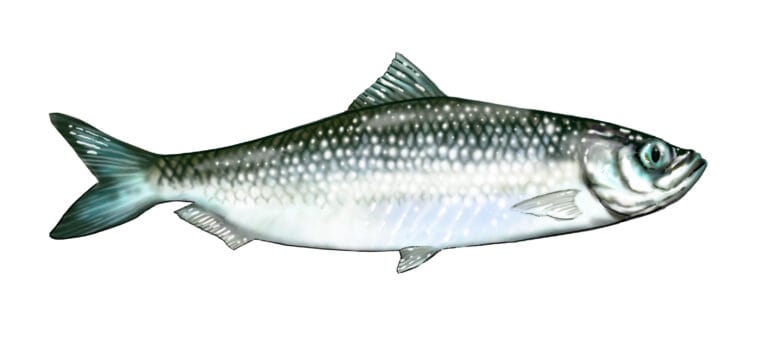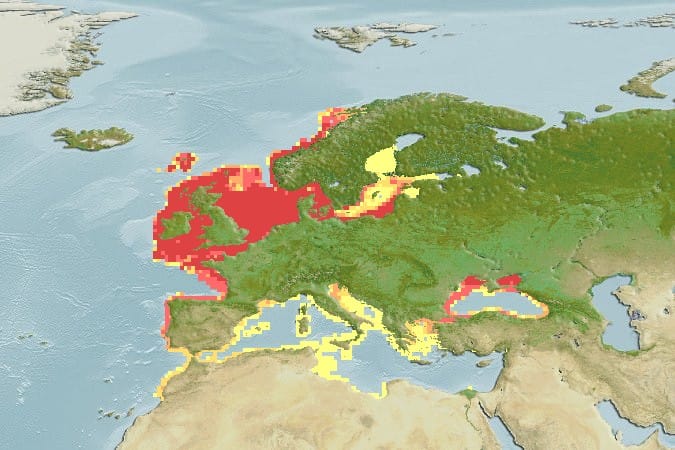What is Sprat (Sprattus Sprattus) and why is it so crucial?
The European Sprat (Sprattus sprattus) is a small, silvery fish that belongs to a group of similar small, shoaling mid-water fish known collectively as forage fish.
What are Forage Fish?
Forage fish are critically important to the health of any marine ecosystem. In our oceans, phytoplankton absorbs energy from the sun. This phytoplankton becomes food for zooplankton, a living soup of tiny animals: larval fish, crustaceans, jellyfish and more, but this zooplankton is much too small for most larger creatures in the ocean to catch and eat. That’s where forage fish like Sprat come in.
These voracious little predators gorge themselves on this zooplankton bounty, and in turn become prey themselves for larger fish, seabirds, seals, dolphins, whales and more.
In other parts of the world, species like Capelin, Manhaden, Anchovy or Sardine are the most important forage fish species. Here in Ireland, the humble Sprat fills that role, and until relatively recently it occurred off our coasts in huge numbers.

Sprat: the vital statistics
- Order
- Family
- Genus
- Maximum Size
- Average Size
- DistributionIrland, The UK, Baltic Sea, North Sea, Southern Norway & Sweden, the Iberian Peninsula, Morocco, the Mediterranean Sea, Adriatic Sea and the Black Sea.
The European Sprat occurs in both open water offshore, and in sheltered bays and estuaries, and can tolerate salinities as low as 4 parts per thousand. It is a schooling fish, often gathering in vast shoals when it migrates between its feeding grounds and shallow coastal bays to spawn. While in other parts of its range spawning is reported to occur in summer, here in Ireland, it takes place during the autumn into winter, usually from September to January.

